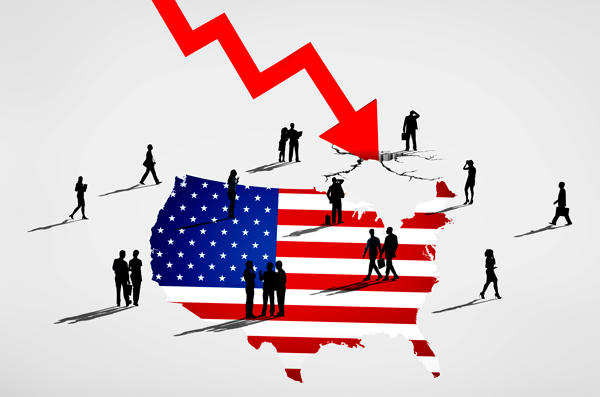Rock-bottom bond yields around the world remain the biggest obstacle for many pensions as they try to backfill a $400 billion funding gap and shore up funds to cover payments to current and future retirees.
This low-rate climate is not expected to change much even as the Federal Reserve prepares to reduce its $4.2 trillion of bond holdings possibly from next month and investors speculate whether the European Central Bank may slow its bond purchases.
"We are still not back to where we were before the financial crisis, despite the great run in equities and fixed income markets over the last eight to nine years," said Mike Moran, chief pensions strategist at Goldman Sachs Asset Management.
Pensions' stock holdings have appreciated considerably this year, but their value has not caught up with their liabilities, or what they owe their retired workers.
The current value on pension liabilities is based on or "discounted" by bond yields, particularly those on corporate bonds. Liability value climbs with low yields because future bond income to meet payouts is low.
"Pension fund status hasn't improved as much as you might think because the discount rate has stayed persistently low and has even fallen in some cases," said Matt McDaniel, U.S. head of defined benefits at Mercer Consulting.
Pressure On Yields
For instance, yields on U.S. investment-grade corporate bonds are about half what they were before the financial crisis and, at around 3.13 percent, they remain 2 percentage points below their long-term average of about 5.13 percent, according to an index compiled by Bank of America Merrill Lynch . Those yields have declined about a quarter percentage point this year.
Heavy investor demand and muted inflation have pressured domestic bond yields lower. While U.S. corporate pensions regained some swagger after Wall Street’s record run this summer, they are still far from their heyday before the 2007-2009 credit crunch when they appeared to be in great shape to meet retirement obligations.
While U.S. corporate pensions regained some swagger after Wall Street’s record run this summer, they are still far from their heyday before the 2007-2009 credit crunch when they appeared to be in great shape to meet retirement obligations.
U.S. Pensions Stuck In The Red Despite Stock Market Boom
September 15, 2017
« Previous Article
| Next Article »
Login in order to post a comment
Comments
-
"While U.S. corporate pensions regained some swagger after Wall Street’s record run this summer, they are still far from their heyday before the 2007-2009 credit crunch when they appeared to be in great shape to meet retirement obligations." It's not corporate pensions that are sinking the country. It's the government run municipal and state pensions that are doing that. Like in bankrupt Chicago and bankrupt Hartford. Of course Illinois and Connecticut are bankrupt as well.








